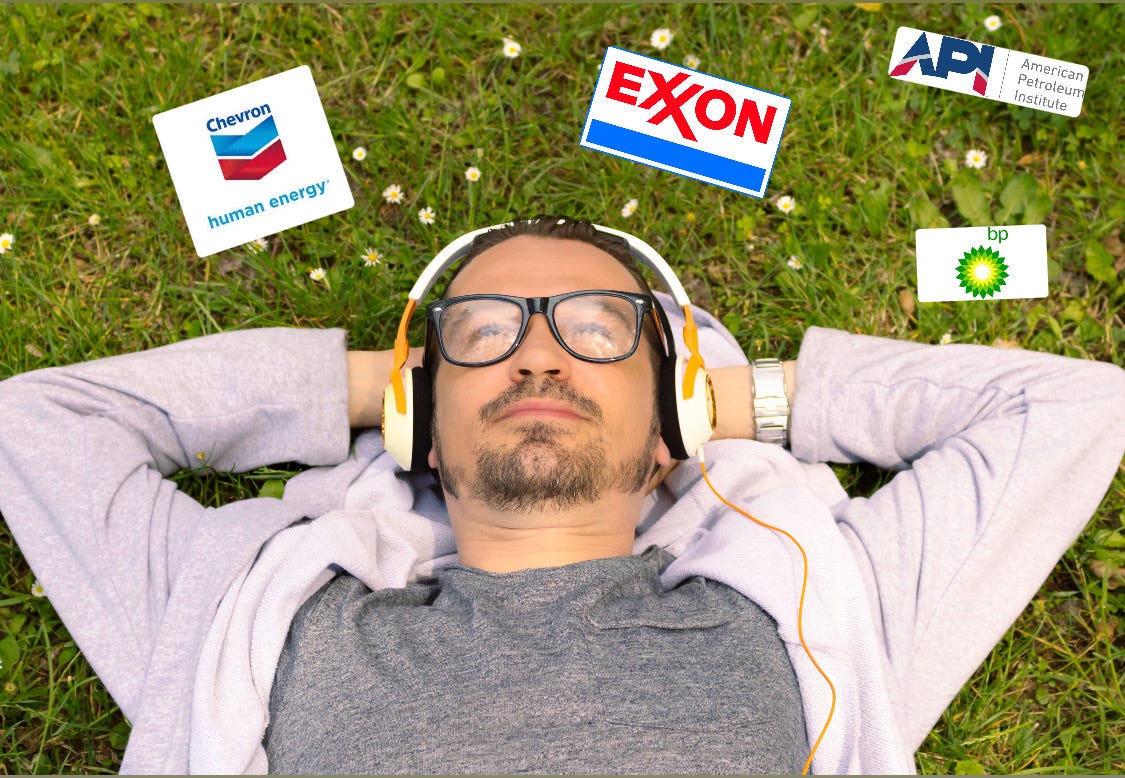Big Oil's favorite way to lie: paltering
This sneaky form of climate misinformation is everywhere. Here's how to identify it.
Earlier this week, I sent you a newsletter co-written with Amy Westervelt, an investigative journalist who makes a very badass true-crime climate podcast called Drilled.
I briefly mentioned that Drilled has a new season, but I didn’t tell you what the season was about. In Season 8, titled “Light, Sweet Crude,” Amy tells the fascinating story of how Exxo…



